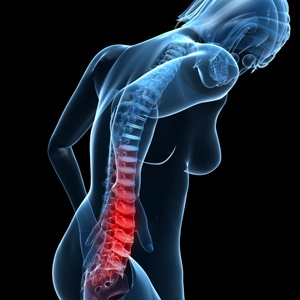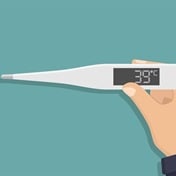
Alternate names:
DEXA scan
What is bone densitometry?
Bone densitometry or DEXA scan is an examination used by physicians to help diagnose osteoporosis (brittle bones), which is a condition where bones become weak to the point of breaking. It's a safe, painless and a non-invasive x-ray technique used to measure the density of bones quickly and accurately.
This measurement helps doctors identify people who have osteoporosis, predict someone's risk for fractures of the hip and spine, and monitor changes in bone density over time. This information, along with other factors, such as age, height, weight, and ethnicity, helps doctors formulate a bone density score that determines a patient's risk of developing osteoporotic disease.
Common uses
Early detection of osteoporosis and monitoring of the effects of treatment on bone density.
How should I prepare?
On the day of the exam you may eat normally. You should not take calcium supplements for at least 24 hours before your exam. You will be given a gown to wear during the examination, but wear comfortable, loose-fitting clothes just in case. Metal objects including items of jewellery and belts should be removed and keys should be taken out of your pockets. Women should always inform their doctor or the radiographer if there is any possibility that they are pregnant.
Inform your physician if you recently had a barium examination or have been injected with any other form of contrast, as you may have to wait 10 to 14 days before undergoing a DEXA test.
How is the procedure performed?
You will be asked to fill out a questionnaire with your name, age, height, weight ethnicity, food habits, family, drug and medical history.In the DEXA examination the patient lies on a padded table with an x-ray generator located below the patient and an imaging device positioned above. The detector slowly passes over the hip and spine, generating images on a computer monitor. It is important to lie still. In most centres an additional procedure called Lateral Vertebral Assessment (LVA) is now done. LVA is a low-dose x-ray examination of the spine to screen for vertebral fractures. The DEXA bone density test is usually completed within 10 to 30 minutes.
It is vital to come for follow up DEXA scans as advised by your doctor.
Risks
Cancer due to radiation is always a risk, but the radiation from a CT is less than a normal person receives from background radiation (cosmic rays from atmosphere) The benefit far outweighs the risks. Risk is increased for the babies of pregnant mothers, so please inform your doctor prior to the examination if you are pregnant. No other complications are expected with the DEXA procedure.
Limitations
A DEXA test cannot predict a fracture, but can provide indications of relative risk.
DEXA is of limited use in people with a spinal deformity, vertebral fractures, previous spinal surgery and osteoarthritis of the spine.




 Publications
Publications
 Partners
Partners











